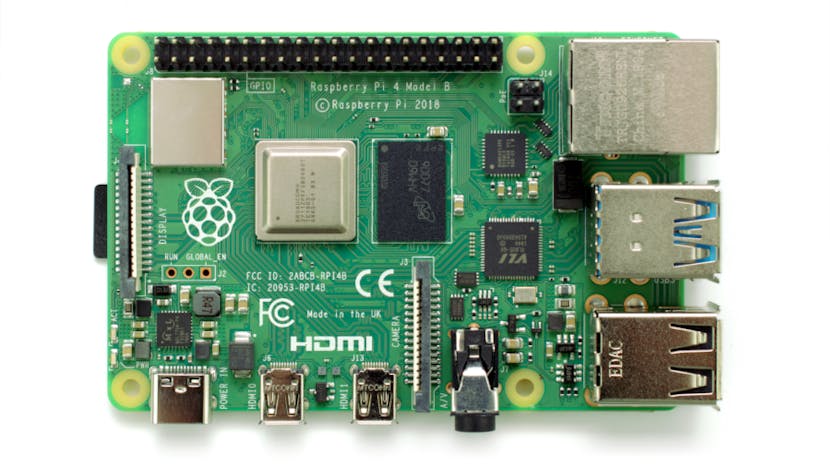This video covers the basics of getting started with the Raspberry Pi. We start with an overview of the Raspberry Pi platform, all of the accessories needed to get started, and move onto how to install the OS and connect remotely to the Pi.
Technology
Czinger 21C: the world’s first 3D printed hypercar | Top Gear
The Czinger 21C is a 1,233bhp 3D printed hypercar complete with a turbo V8 revving to 11,000rpm, a 1+1 layout and $1.7m price tag. Oh, and the big news is it’s 3D printed. Well, large sections of the chassis are, paving the way for a revolutionary new car manufacturing process that could change… everything. It’s mind-blowing stuff, so let Jack Rix be your guide around California’s Koenigsegg rival.
5 First Plex Media Server Build Mistakes
These are some mistakes that can cost you time and/or money when building a dedicated Plex Media Server.
RaspberryPi 4 Strides Towards ServerReady Status via SBBR-Compliant UEFI Firmware Effort
A firmware project designed to bring the Raspberry Pi 4 to Server Base Boot Requirement (SBBR) compliance is now in v1.1.
A community effort to get the low-cost yet surprisingly powerful Raspberry Pi 4 single-board computer “ServerReady” is bearing fruit, releasing an open-source Unified Extensible Firmware Interface (UEFI) and Advanced Configuration and Power Interface (ACPI) firmware compatible with Arm’s Server Base Boot Requirement (SBBR) specification.

Popular Plex client codec compatibility list!
A user has compiled a list of popular Plex clients and what codecs they can play back. This is a work in progress and will grow over time, be sure to check back often!
List available here on Google Docs

US Navy supercomputer: 290,304 CPU cores, 590TB RAM, 14PB storage
AMD EPYC CPUs will power US Navy supercomputer with 290,304 cores, alongside 112 x NVIDIA Volta V100 GPGPUs
AMD has secured itself another design win for a crazy-specced supercomputer, where its kick ass EPYC Rome CPUs will power the US Navy’s new Cray Shasta supercomputer.

Crowdfunding an ESP32-Based Phone
Last time we took a look at the WiPhone, back in the middle of last year, the ESP32-based Voice over IP (VoIP) phone was closing in on full funding on Kickstarter. Since then it’s been a bumpy ride for the project towards shipping to its backers. That’s to be expected, as scaling from a single prototype to a full scale production run isn’t easy. Everyone runs into problems with manufacturing, and how you handle that as a startup that is going to decide whether you succeed or fail, not the problems themselves.

Boot a RaspberryPi 4 with an SSD to make it reliable and fast
Enough is enough! I waited for more than half a year to boot my new Raspberry Pi 4 from SSD to increase its speed and reduce the chance of losing my valuable data. Today we will change that. Without the help of the Raspberry project team. All we need is know-how, a little bit of time, and an old SD card.
AMOLED 5.5” Pi4 Touch Screen – Best Looking Pi Display But Don’t Buy It!
In this video, we take a look at the Waveshare AMOLED 5.5 Inch Raspberry Pi 4 TouchScreen. This is the best looking Mini screen that I have ever seen for the Raspberry Pi 4 but don’t buy to use with a Raspberry Pi because it defiantly has some issues!
Rare-earth element material could produce world’s smallest transistors
RESEARCH TRIANGLE PARK, N.C. — A material from a rare earth element, tellurium, could produce the world’s smallest transistor, thanks to an Army-funded project.
Computer chips use billions of tiny switches called transistors to process information. The more transistors on a chip, the faster the computer.
A project at Purdue University in collaboration with Michigan Technological University, Washington University in St. Louis, and the University of Texas at Dallas, found that the material, shaped like a one-dimensional DNA helix, encapsulated in a nanotube made of boron nitride, could build a field-effect transistor with a diameter of two nanometers. Transistors on the market are made of bulkier silicon and range between 10 and 20 nanometers in scale.

